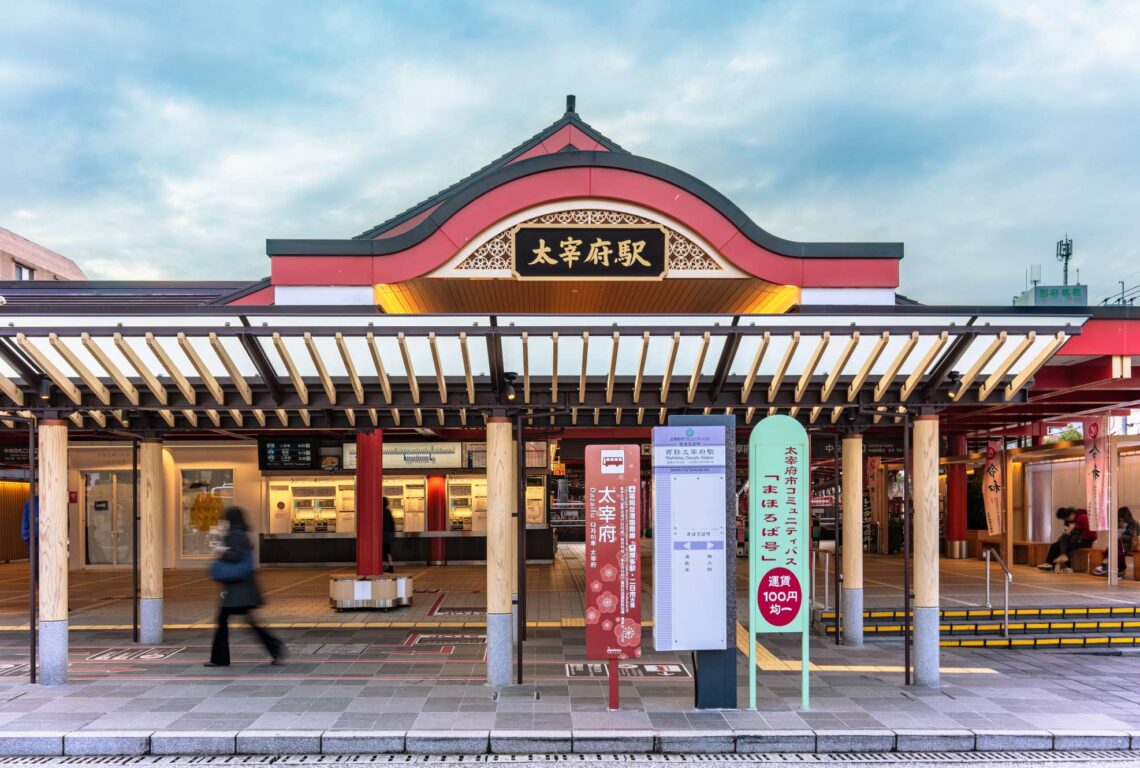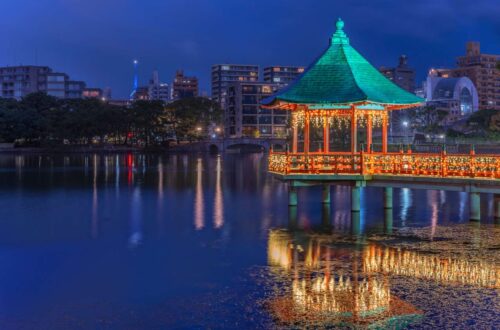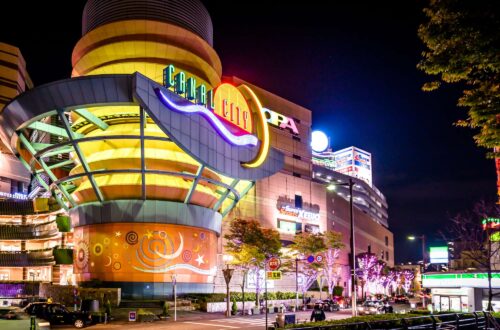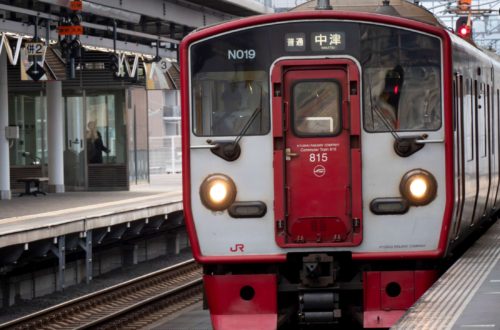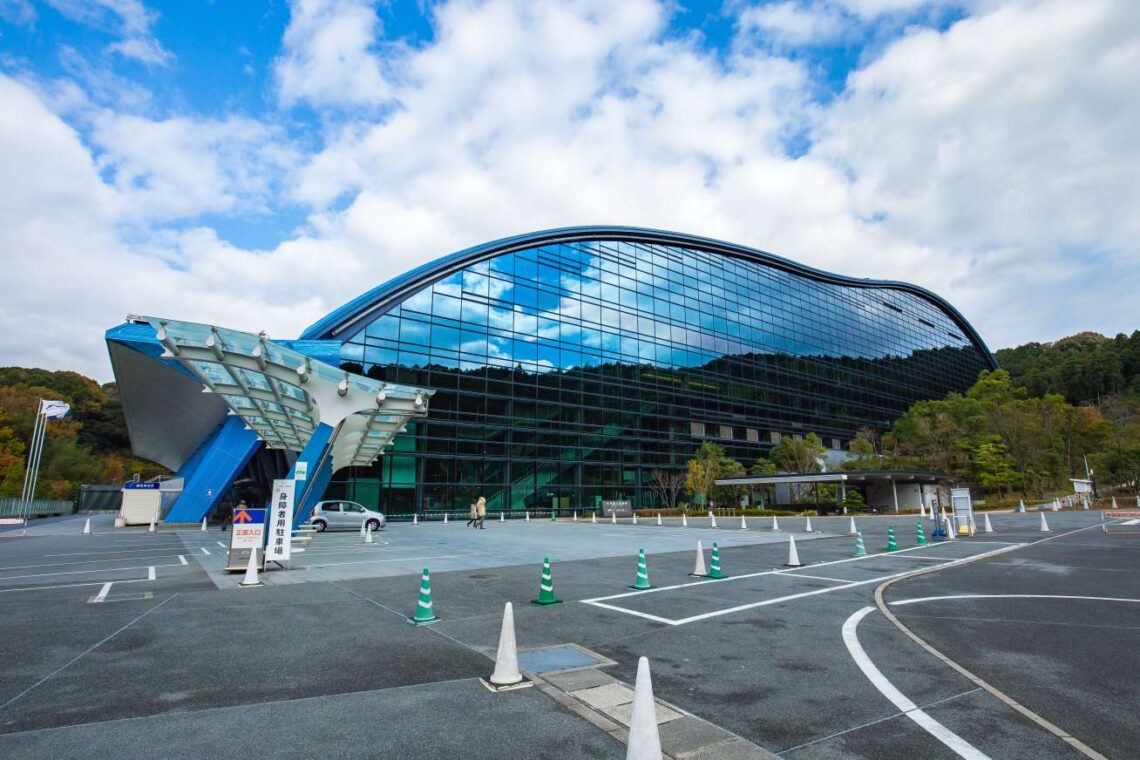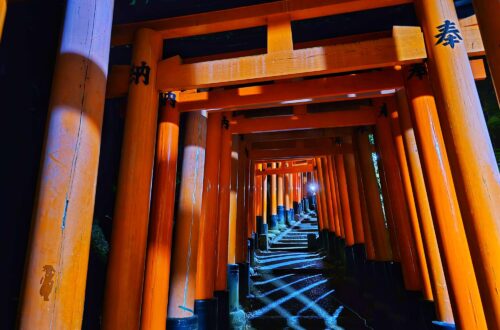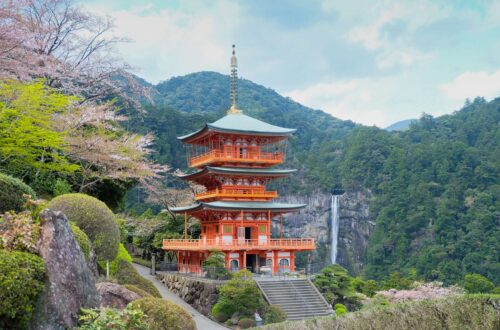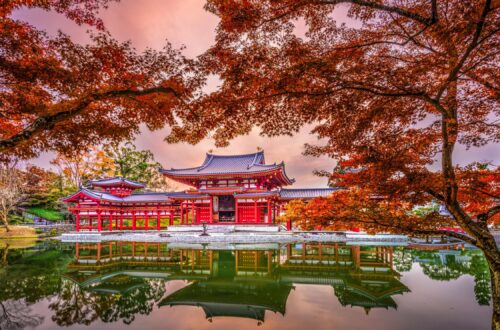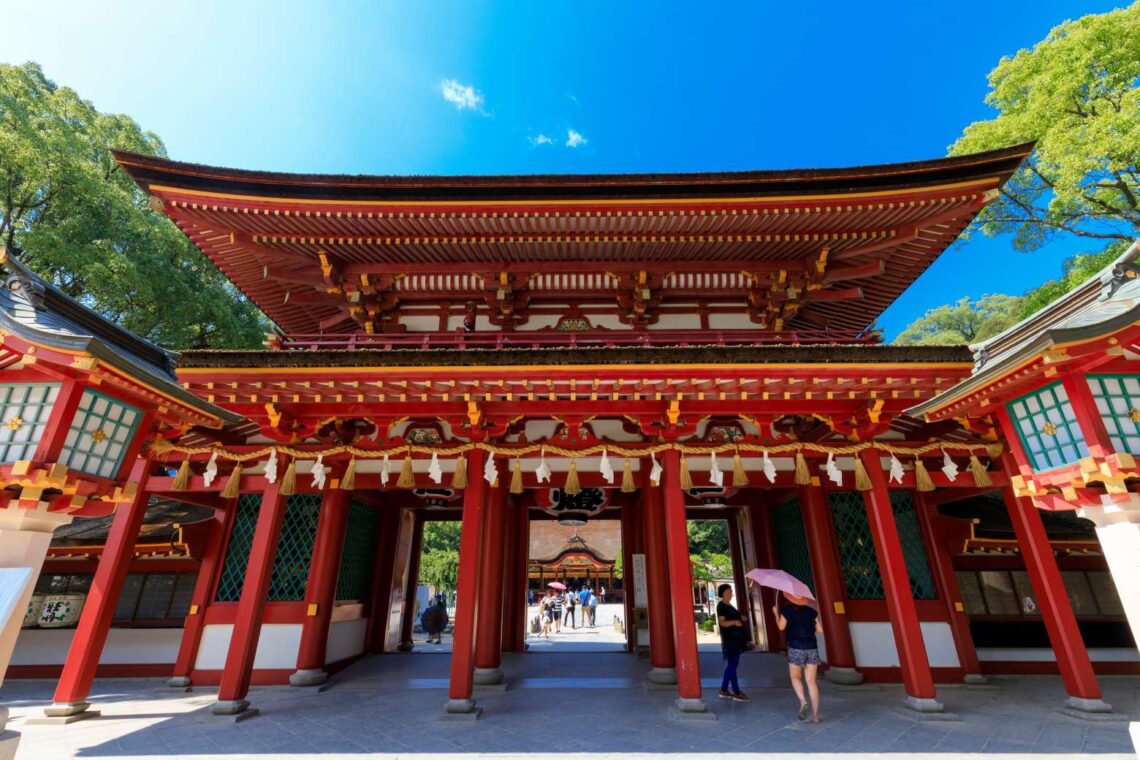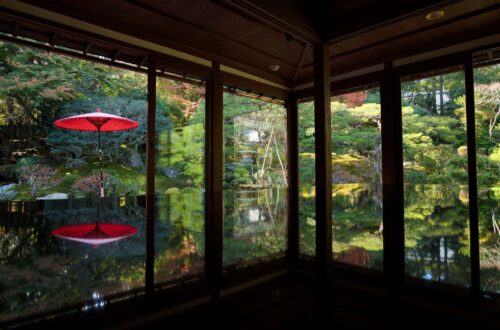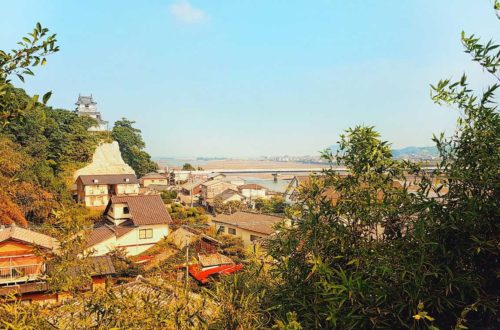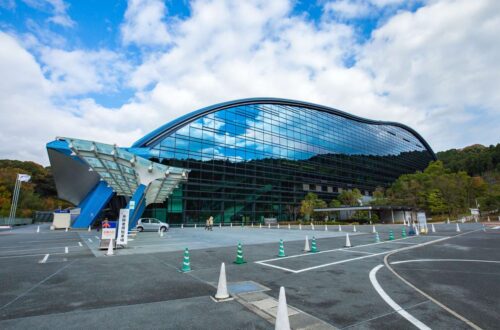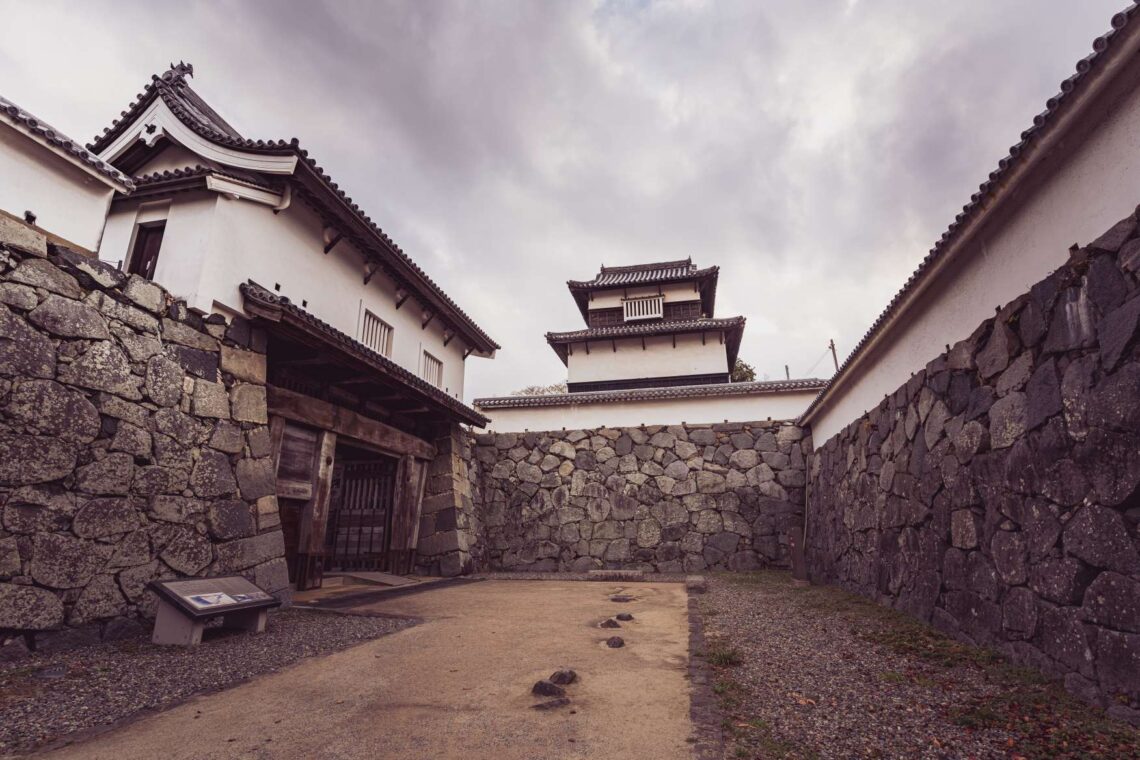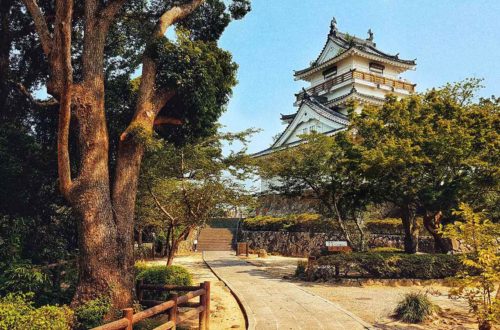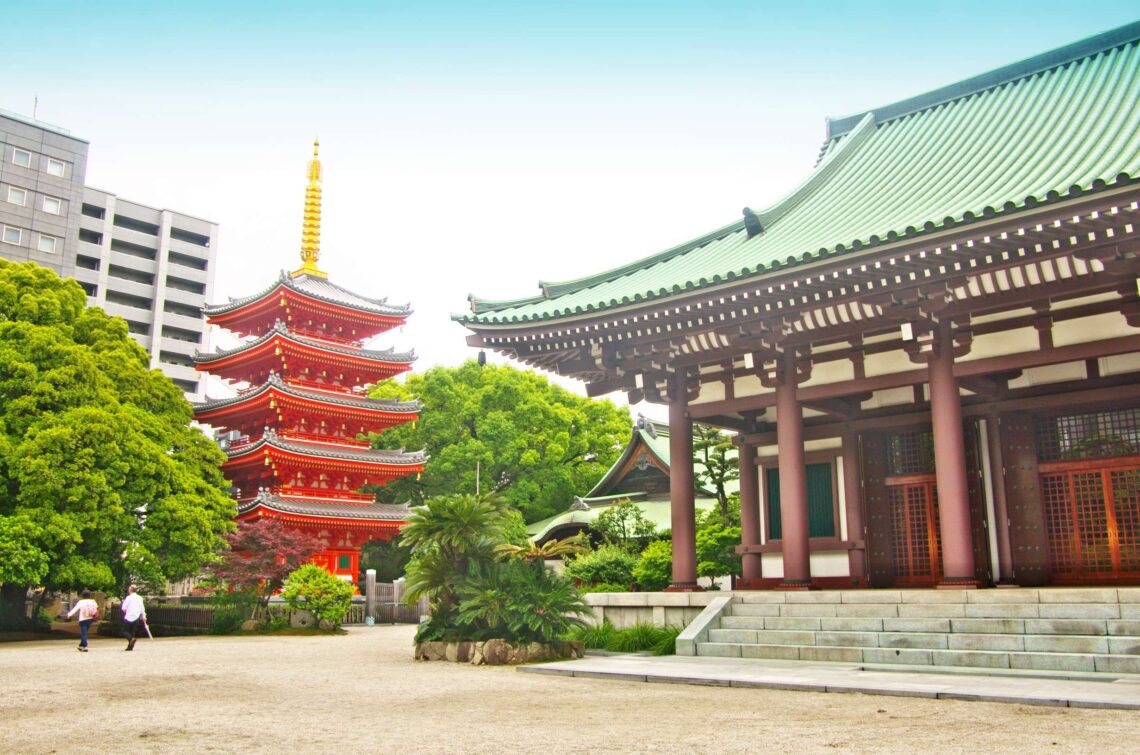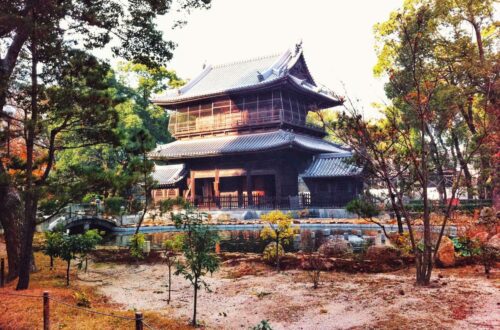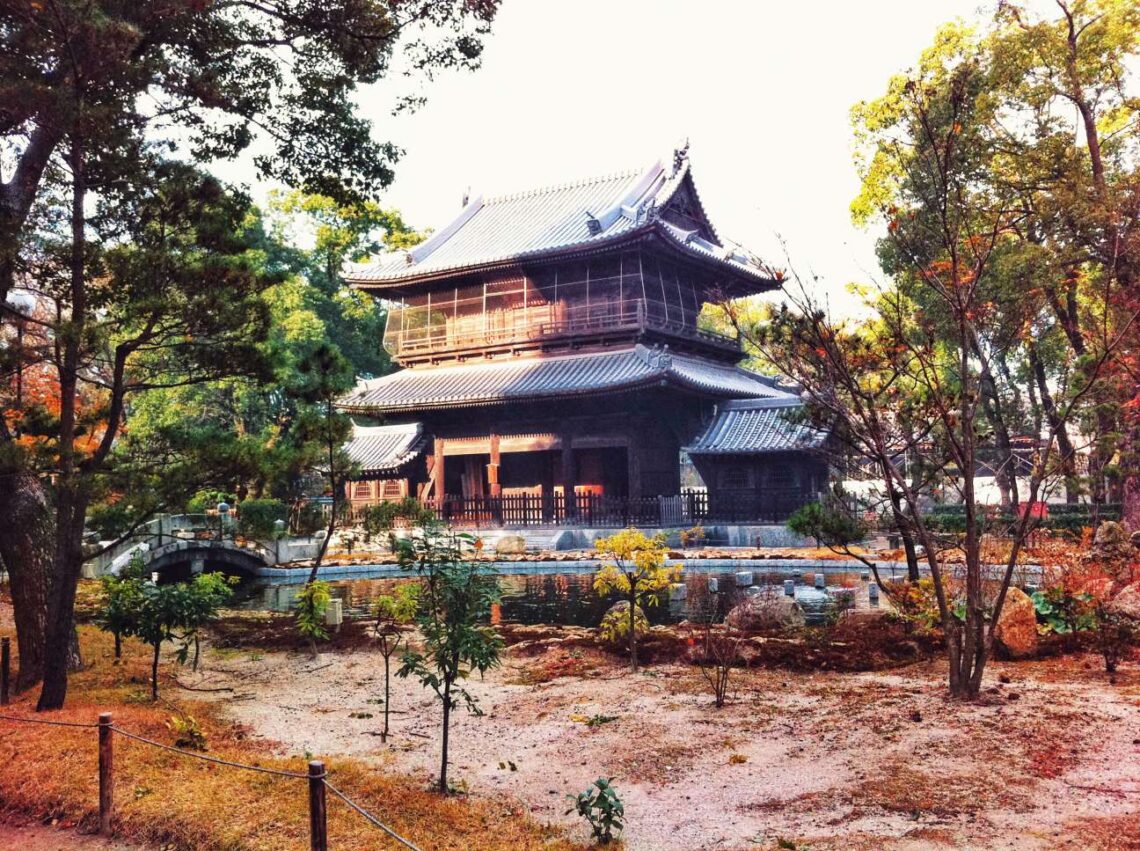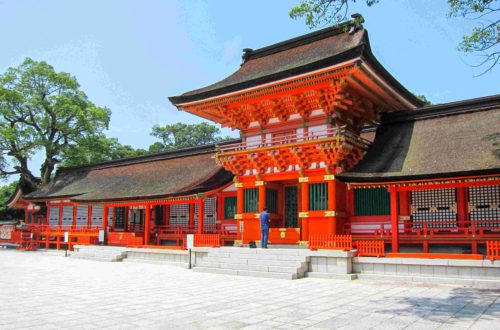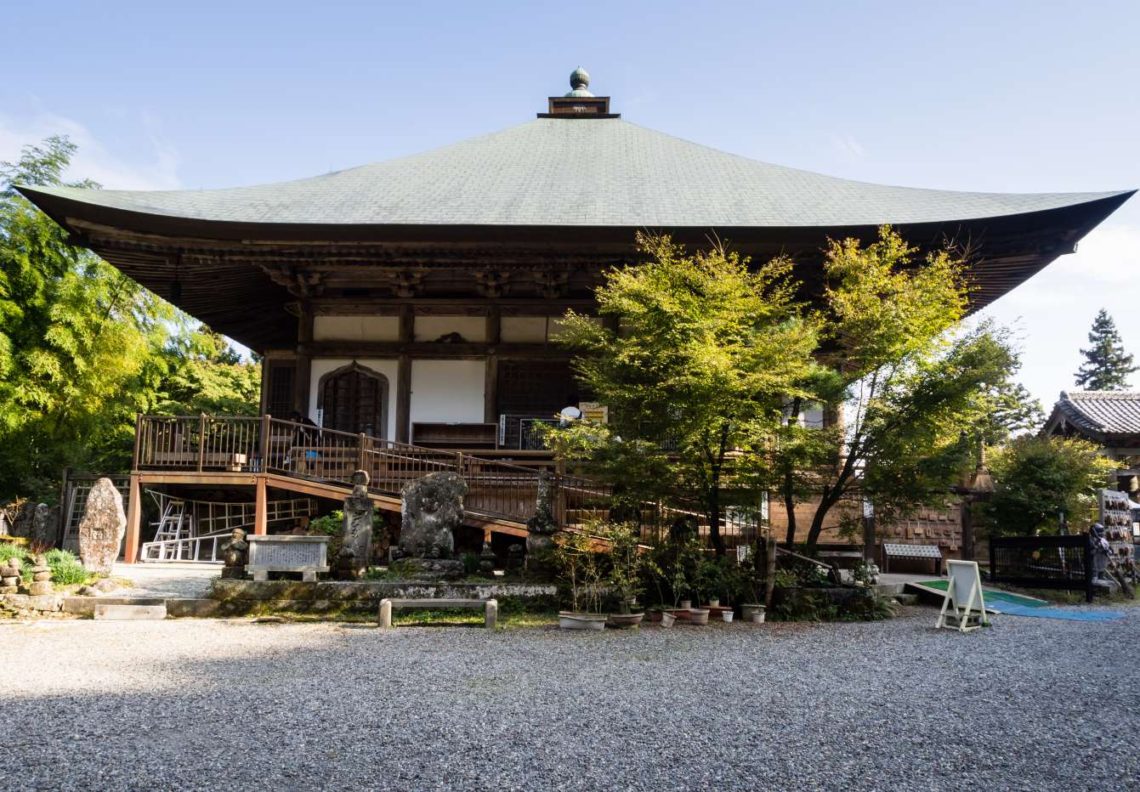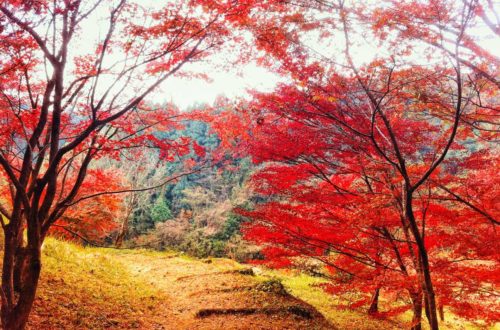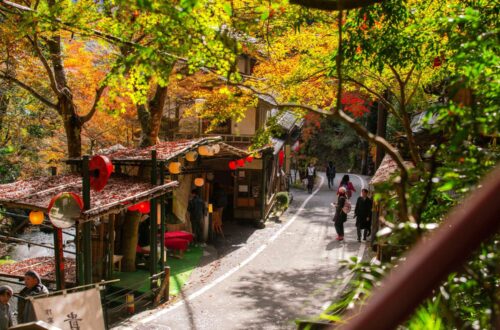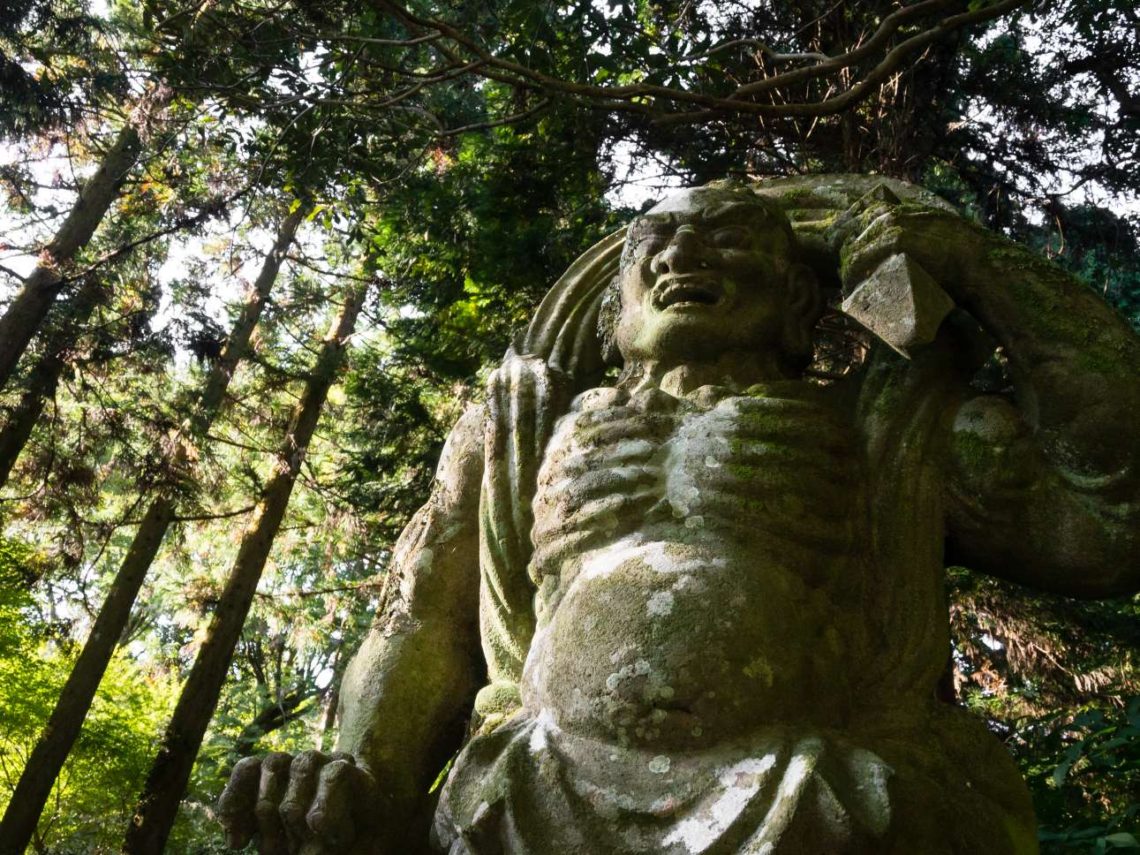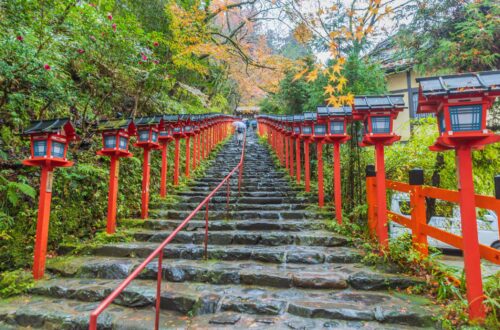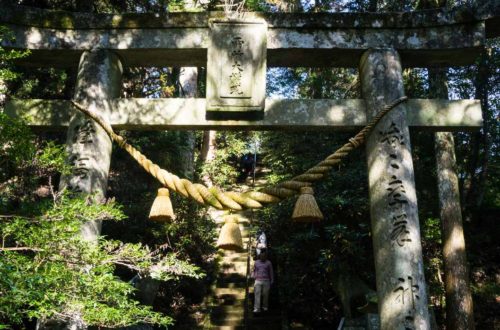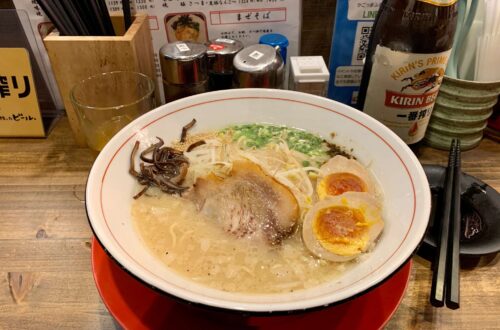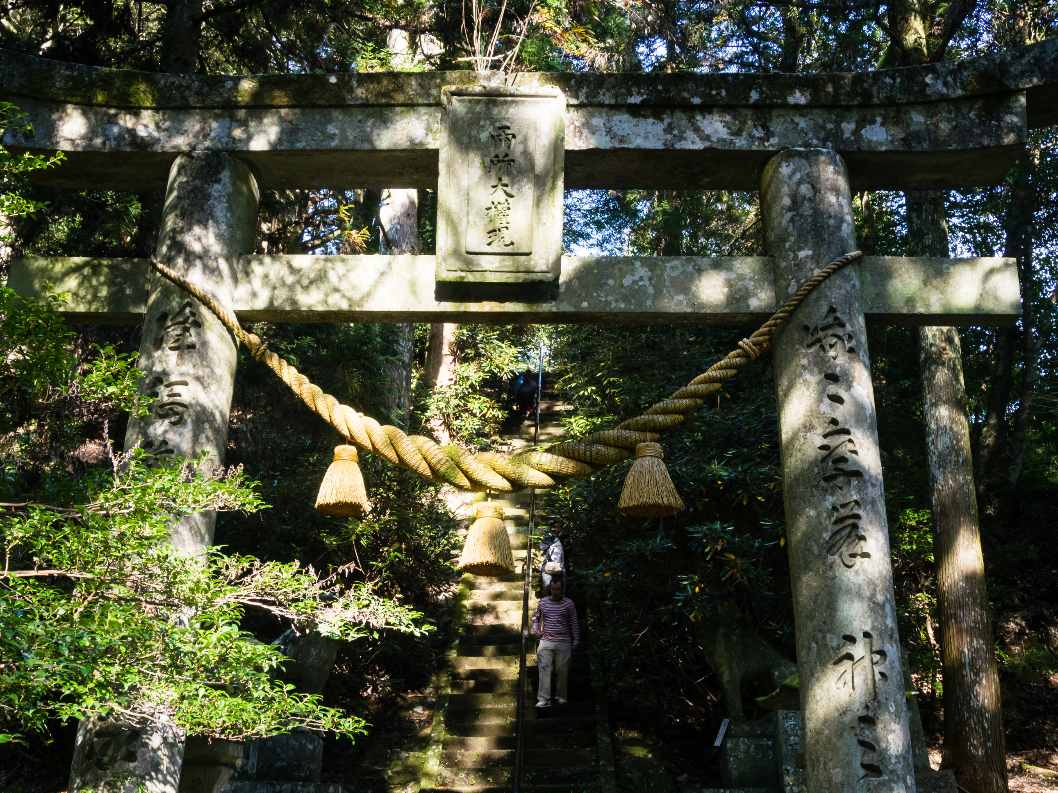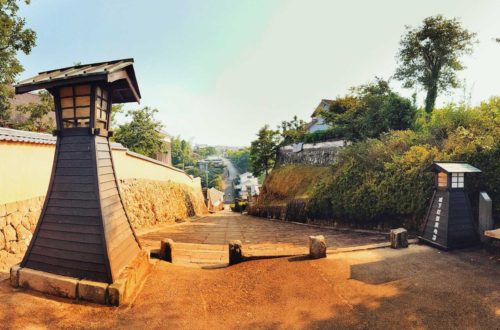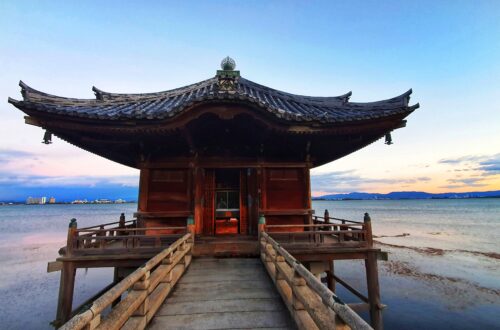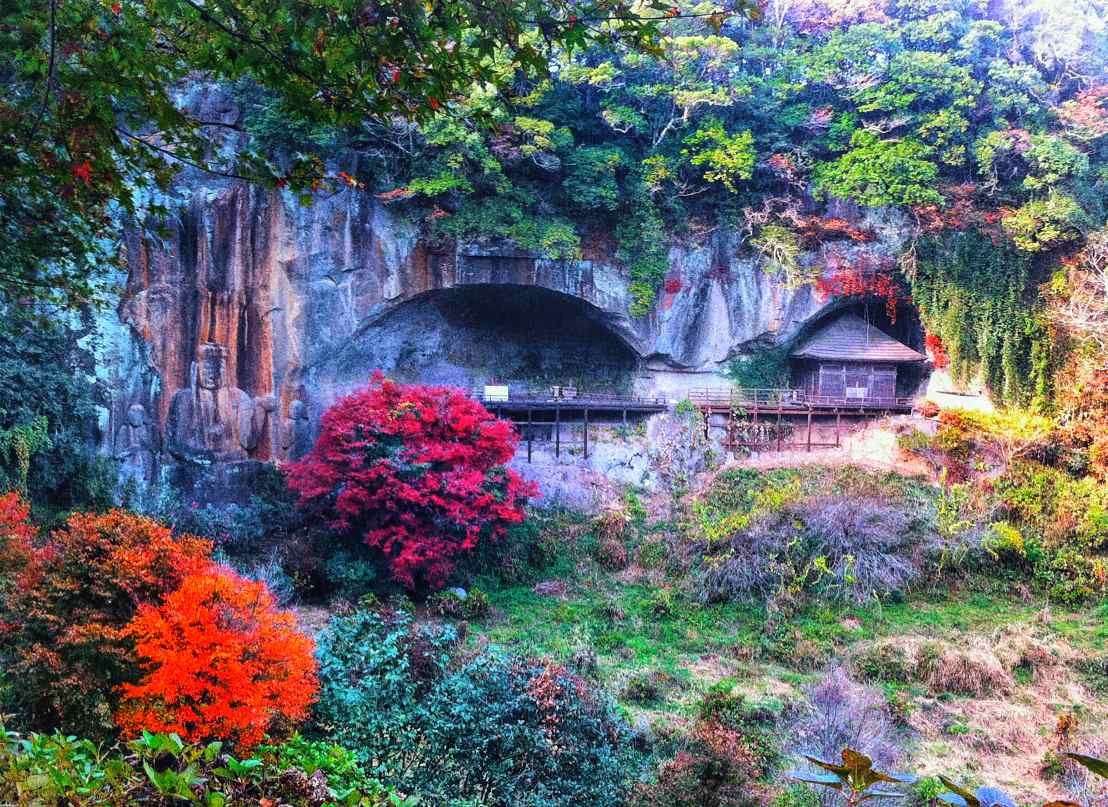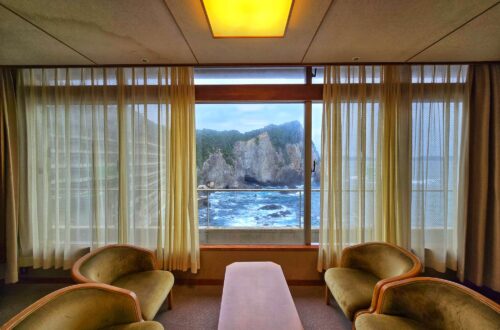-
Dazaifu – The Ultimate Guide to Japan’s Former Western Capital
Did you know the small city of Dazaifu (太宰府) was once shared the status as the capital of Japan together with the famed Kyoto (京都)? Located 15 kms southeast of Fukuoka (福岡), this city once served as the bridge that connects Japan and the outside world. In fact, the city traced its origin 1,300 years ago and was once a major cultural and political hub. Despite being a fraction of its former glory today, it remains a hidden yet significant travel spot simply for its historical value. Let’s explore what the once magnificent capital has to offer: What is the history behind this small city? Which attraction is not to…
-
Kyushu National Museum – A Complete Travel Guide
Did you know there are only 4 national museums in total in Japan; with the Kyushu National Museum (九州国立博物館) being the latest? The Kyushu National Museum is the latest addition to the list of monumental national museums in Japan; the other three are in Tokyo (東京), Kyoto (京都) and Nara (奈良). While the former three museums were constructed during the 1800s, this one has a distinction of being completed in the 21st century (2005 to be precise). Because of this, the opening of the museum is seen as an eventful occassion among locals. It is also currently the only national museum that is located in the small town of Dazaifu…
-
Dazaifu Tenmangu – A Complete Guide to Japan’s Poetic Shrine
Ask any local in Fukuoka (福岡) to name a shrine, and there is a high chance that Dazaifu Tenmangu will be the first in their mind. Dazaifu Tenmangu (pronounced Dazaifu Tenmangū/Dazaifu Tenmanguu/太宰府天満宮) is the largest shrine in the island of Kyushu’s (九州) and like every other shrine, is known for its stunningly beautiful architecture. Despite its famed reputation, it also holds a tragic past in regards to its founding. With that in mind, let’s explore the history and also what the complex has to offer: Read more about its deep history and tragic backstory here. Check out the town near the shrine entrance for these unique local attractions. Let’s explore…
-
Fukuoka Castle – The Beautiful Castle Ruins Within a City
Did you know the city of Fukuoka (福岡) once had a castle known as Fukuoka Castle (福岡城)? Once considered the largest bastion in Kyushu (九州), today only the ruins of it remained in a park located in the city. So much so that it is called the Fukuoka Castle ruins (福岡城跡/Fukuoka-jo Ato); in which ‘Ato/跡’ here refers to ruins. Despite that, it is a well-known attraction among the locals simply for its atmospheric ruins and peaceful surroundings. So what makes the castle ruins a unique attraction on its own? Let’s explore the area further to discover it’s beauty: Find out more about the history of a castle that was once…
-
Tochoji – Introducing Japan’s Massive Wooden Seated Buddha
On the side of the busy Taihaku-dori (大博通り) street of Fukuoka city (福岡); lies Tochoji (Tochouji/Tōchōji/東長寺), a rather small and peaceful temple. Do not let it’s soothing appearance deceive you however, as Tochoji is one of the oldest temples in the island of Kyushu (九州). Furthermore, this temple also holds the largest seated wooden Buddha statue in Japan; so much so that even the Dalai Lama himself visited the temple to give a talk in 2018. To learn more about this impressive temple, let’s dwell into its history and complex, shall we? History of Tochoji Read More Originally established in AD 806 as a Shingon Buddhism temple (真言宗) by a…
-
Shofukuji – A Complete Guide to Japan’s First Zen Temple
Would you believe if I tell you that the temple that pioneered one of Japan’s major religion is a back alley temple within a metropolitan? That’s right, the founding temple for Zen Buddhism in Japan is Shofukuji (聖福寺); one that is not in the ever-popular Kyoto (京都) but in the city of Fukuoka (福岡). As a matter of fact, this temple was founded in AD 1195; predating Kyoto’s oldest Zen temple, Kenninji (建仁寺) by 7 years. Having said that, let’s explore this little temple that founded Zen Buddhism in Japan. History of Shofukuji Read More Shofukuji (聖福寺) was first established in AD 1195 by a Buddhist priest known as Eisai…
-
Futagoji Temple – A Complete Guide to Kunisaki Peninsula’s Poster Boy
The name Futagoji (両子寺) is no stranger for anyone who has visited or lived nearby the Kunisaki peninsula. And yet, this temple remains relatively unknown among the travel circle given its secluded location. Futagoji is a small mountain temple located deep within the forests in the center of the peninsula. Because of this and also its iconic twin Nio guardians (仁王) statues, Futagoji is widely considered as the poster-boy temple of the region. In fact during my exchange to Oita, Japan, this was one of the first temples that I visited on a field trip. Despite having to travel in a large group while being accompanied by the enthusiastic chatters…
-
A Complete Guide to the Rokugo Manzan Temples
The remote Kunisaki Peninsula is undoubtedly a haven for Rokugo Manzan temples. And rightfully so, as this region was once the birth place of Rokugo Manzan, an indigenous culture resulted from the assimilation of Buddhism (仏教), Shintoism (神道) together with mountain worship. To describe it eloquently, it is a heritage of religious acceptance. Established in AD 718, this culture cultivated across the tranquil region and eventually established a series of rustic temples and spiritual sites. One of these is none other than the grand Usa Jingu shrine, which undeniably deserves its own article. These temples and sites are truly worth checking out, especially for their tranquility and historical value. With…
-
Rokugo Manzan – The Unique Pride and Joy Of Kyushu
Rokugo Manzan (六郷満山) is certainly a term that is deemed a jargon by many, including Japanese themselves. Even myself admittedly have never heard of it until only recently, despite having visited the region a decade ago. Nevertheless, it fascinates me as I studied about it further, that this culture is one that established the foundation for Buddhism in the island of Kyushu. For starters, Rokugo Manzan (六郷満山) refers to the synchronism of various religious beliefs which later evolved into a culture and established itself in the Kunisaki Peninsula (国東半島) region of Oita Prefecture (大分県). In fact, the region became renowned for its scenic mountain temples, and also the grand Usa…
-
Fukoji Temple – The Spectacular Cliff-Carved Buddha of Bungoono
Have you ever heard of the little Fukoji temple (pronounced Fukouji/Fukōji/普光寺)? This little temple features a rare cliff-carved Buddha statue in Japan. Located an hour away from Oita (pronounced ooi-ta/Ōita/大分) by train ride, the temple is located in the little town of Asaji (朝地) in Bungoono (pronounced Bungo-oono/Bungo-ōno/豊後大野) city. To learn more about this fascinating hidden spot, lets dwell deeper into its background. History of Fukoji Temple It’s Origins Fukoji Temple (普光寺) originated back in AD 583, during the Asuka period (飛鳥時代); a time when Buddhism firstly became a pop-culture in Japan. The founder of this temple was basically Nichira (日羅), a Japanese who worked as an official for the…
